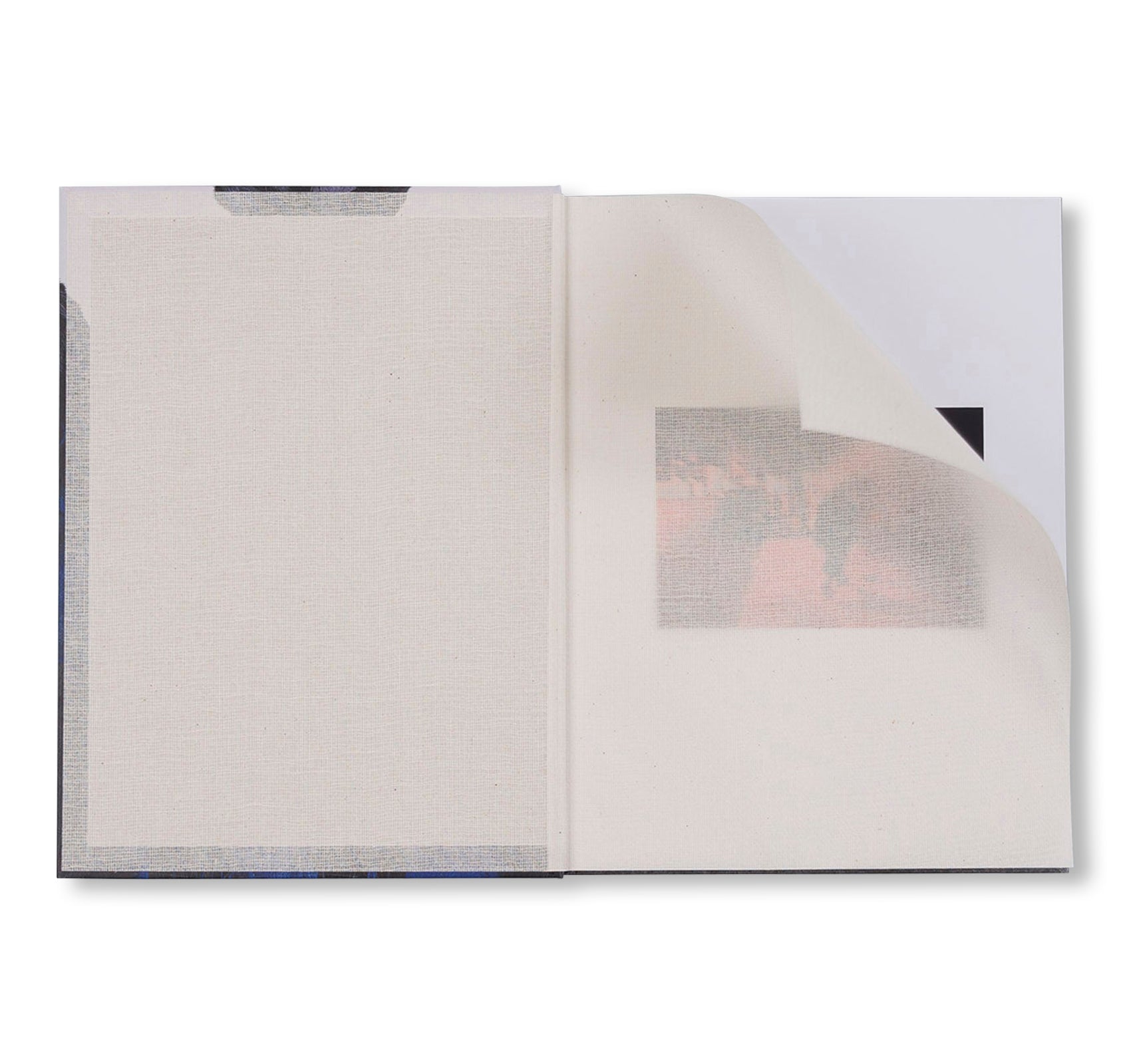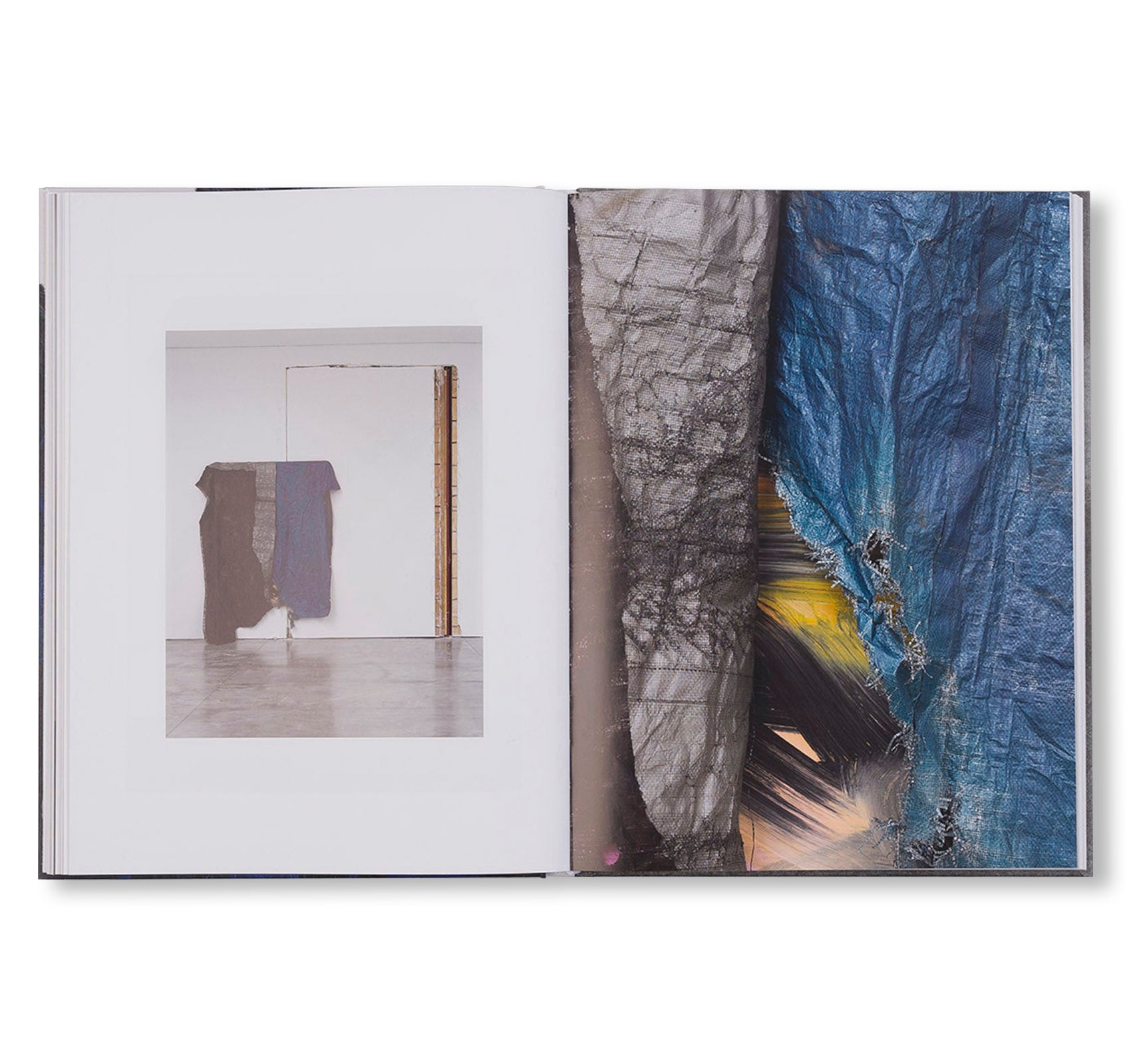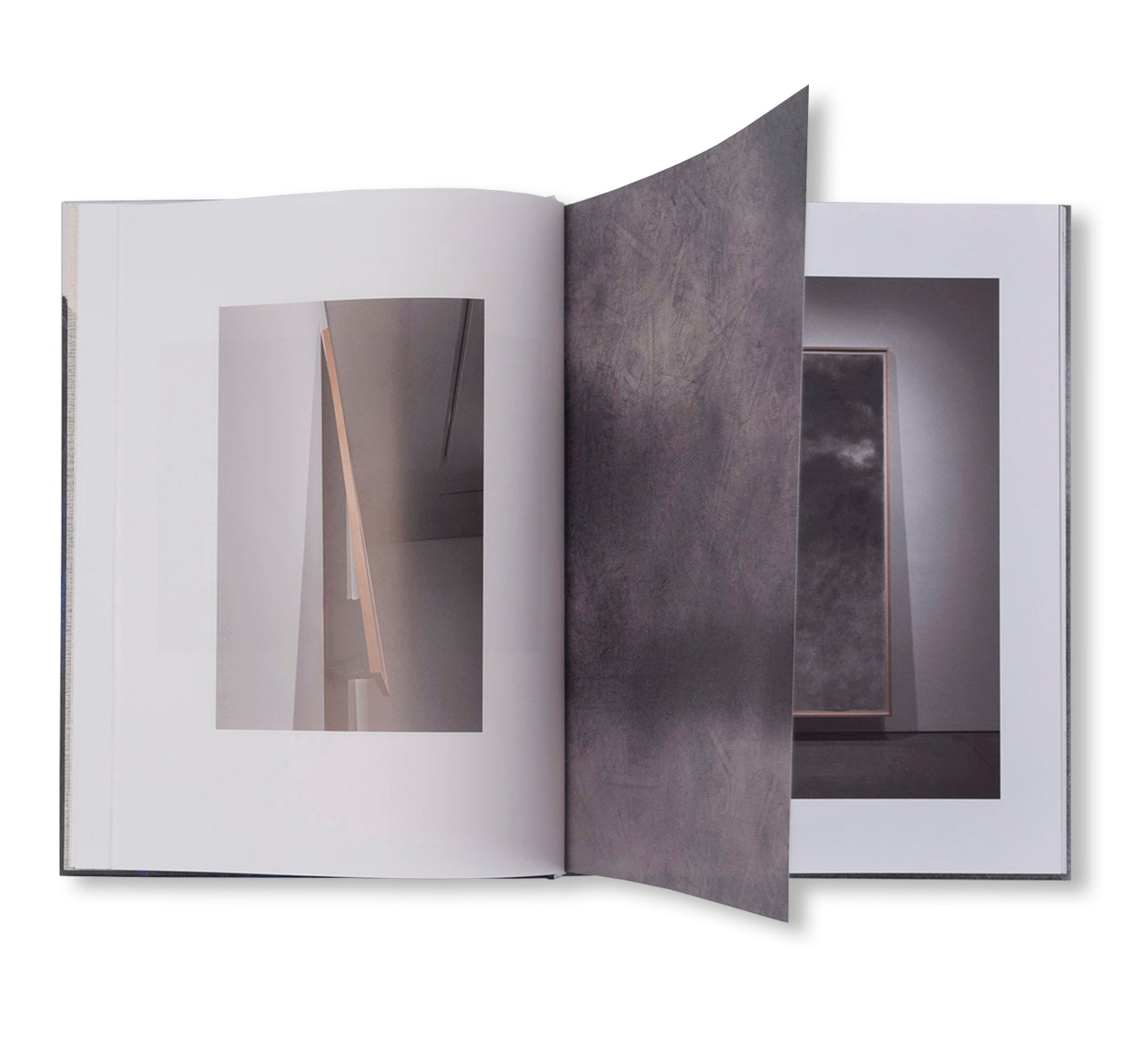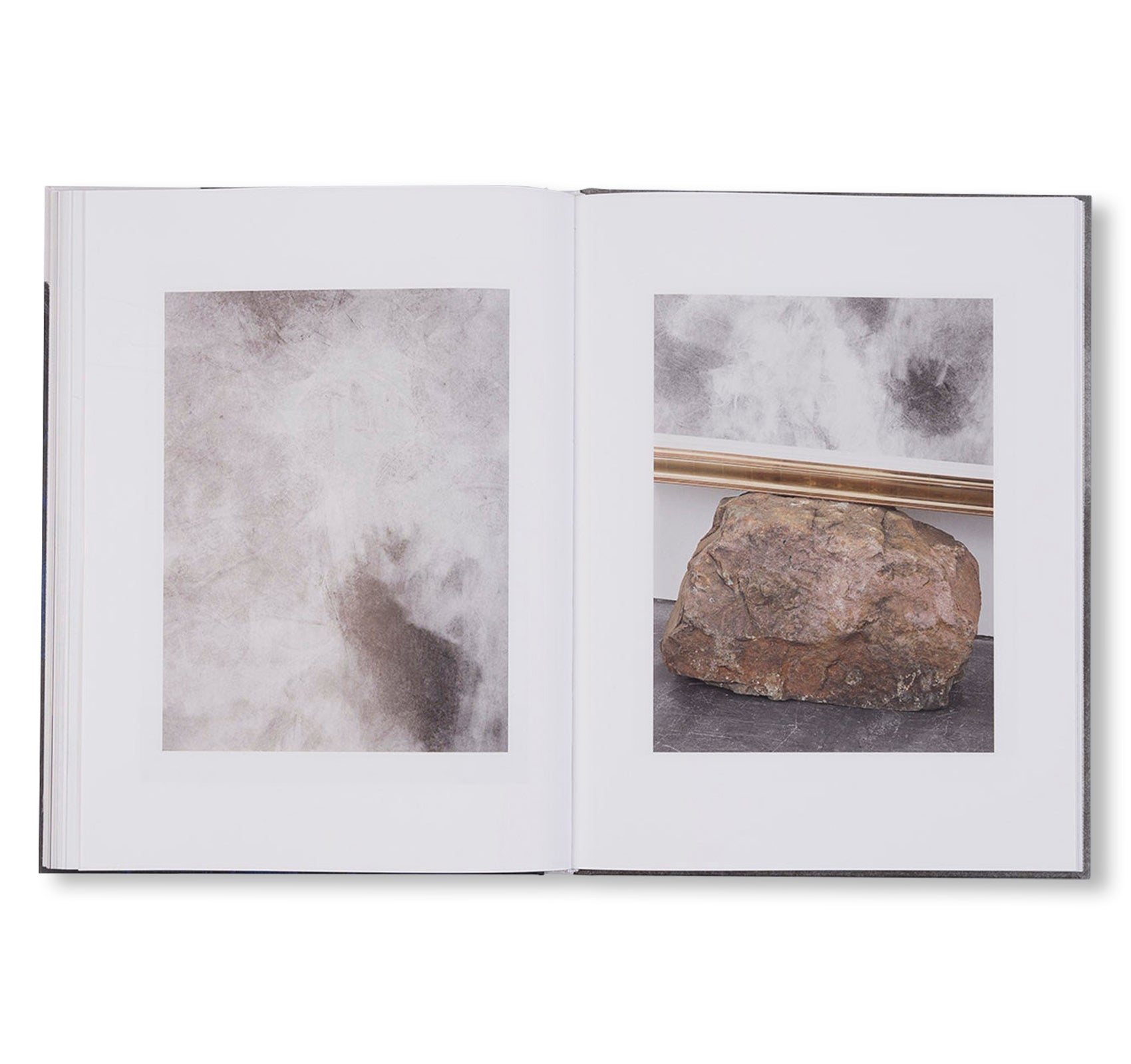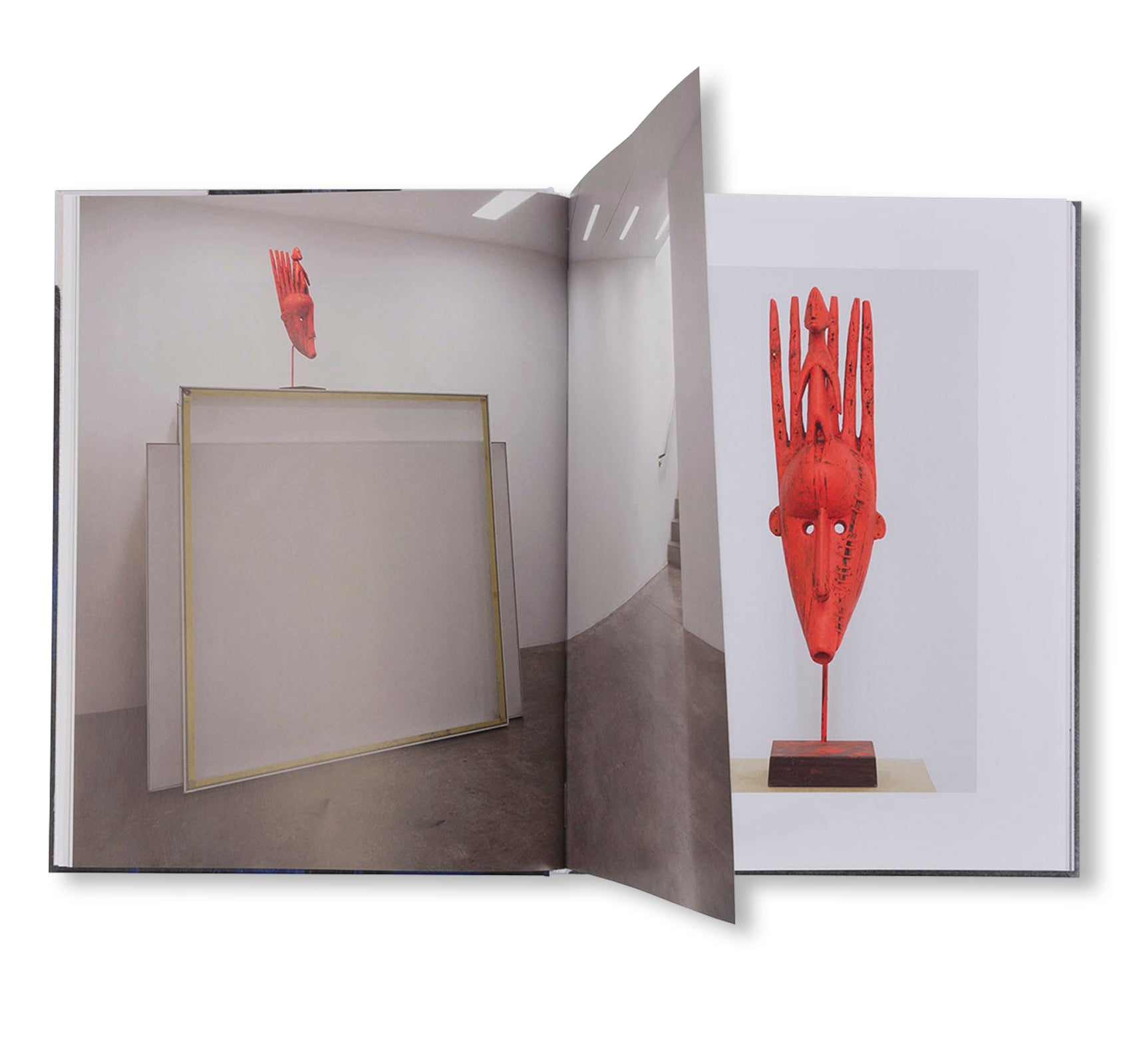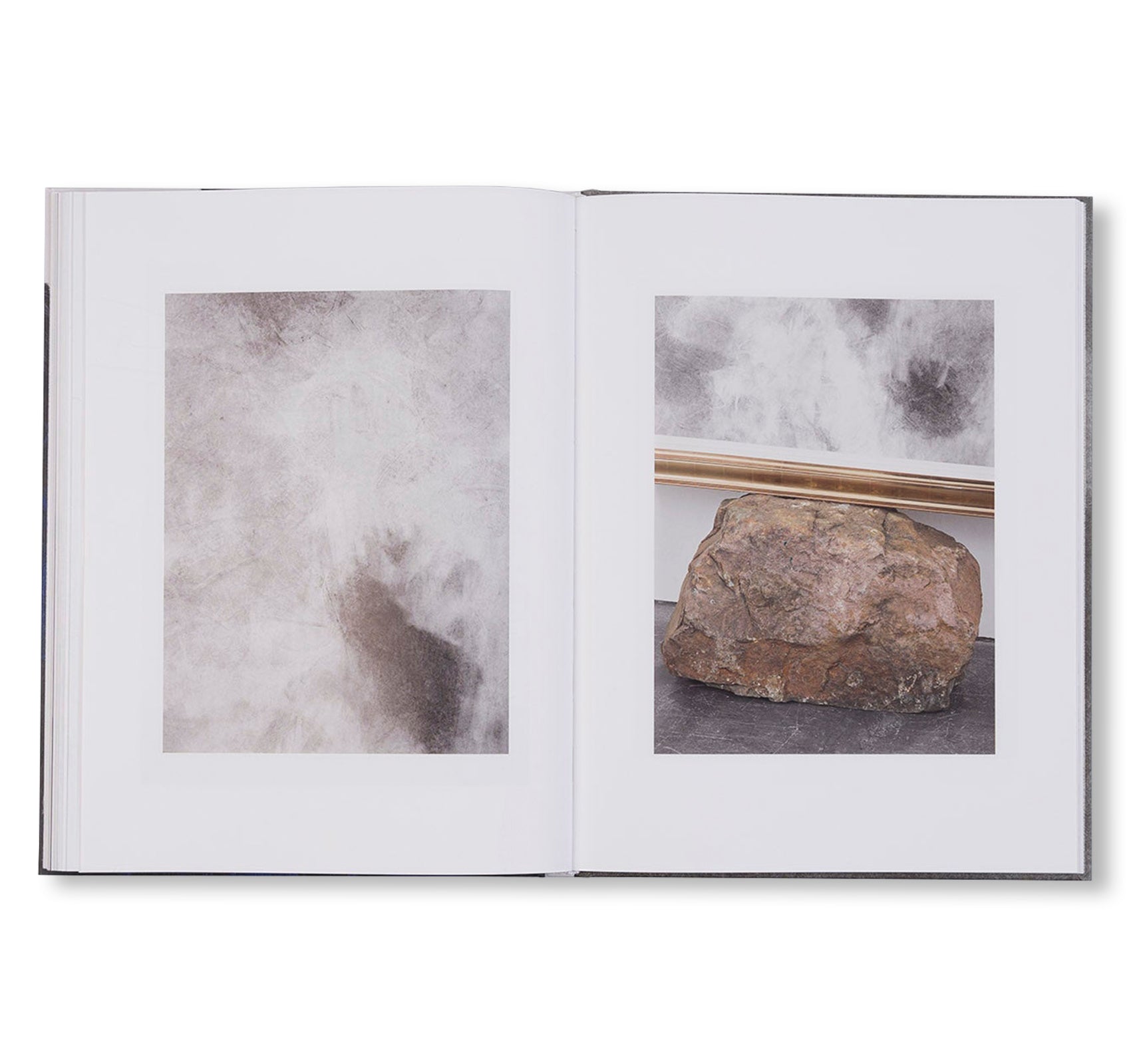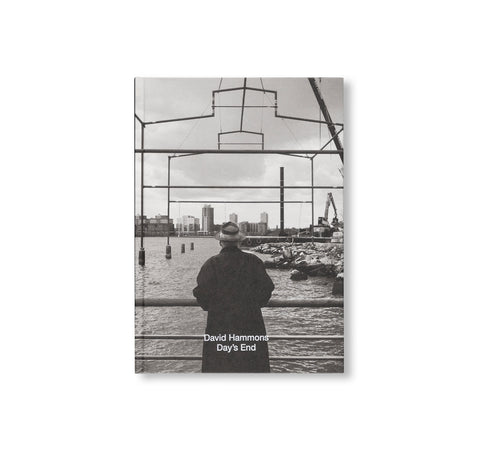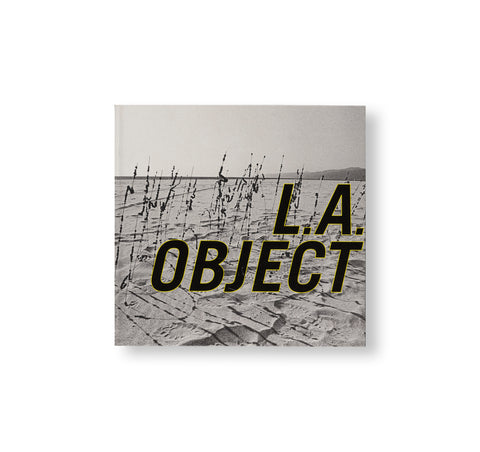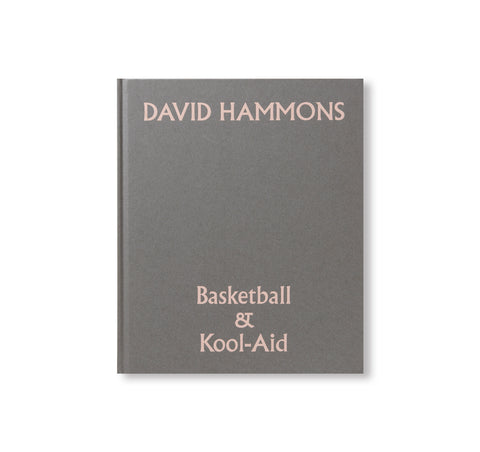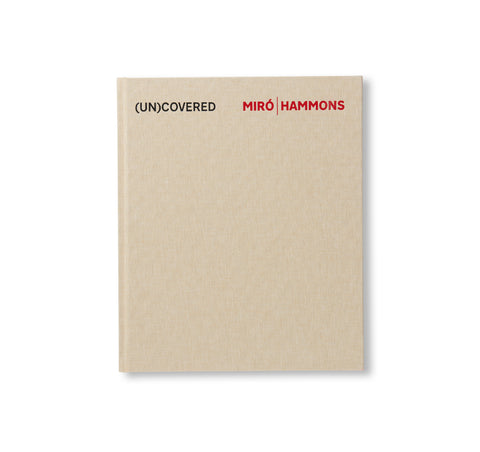DAVID HAMMONS by David Hammons
アメリカ人アーティスト、デイヴィッド・ハモンズ(David Hammons)の作品集。本書は、一貫して芸術界の権威に反対してきた作者の、とらえどころのない精神を批評的に洞察したモノグラフである。ナイジェリア人詩人、小説家、劇作家のベン・オクリ(Ben Okri)がエッセイを寄稿し、芸術的人格の狂信的な信仰に対する作者の批判的なアプローチを探求している。作者自身の自己イメージに対する冷静な無関心を、古典や美術史において重要な影響を持つガイウス・プリニウス・セクンドゥス(Gaius Plinius Secundus)からジョルジョ・ヴァザーリ(Giorgio Vasari)といった人物の経歴と対比している。作者による唯一のビデオ作品である「Phat Free (1995/1999)」のスチール写真に始まり、ボディプリントから不透明さや変装、偽装を利用した作品群における明確な戦略まで、作者の作品を包括的に記録している。アメリカ人画家のアグネス・マーティン(Agnes Martin)による晩年の作品「Untitled #9」と、2014年にロンドンのギャラリー「White Cube Mason's Yard」にて開催された作者の展覧会にて展示された、白と淡い色彩を使った作品との類似点も紹介している。「(Studio) Jonathan Hares」がデザインを手掛けており、作者の思慮深い作品群と調和するリズムをもってイメージを配置している。
This monograph on David Hammons provides critical insight into the elusive mind of an artist who has consistently wrong footed the art establishment. An extended essay by acclaimed poet, novelist and playwright, Ben Okri, explores Hammons’s critical approach to the cult of artistic personality, contrasting the artist’s cool indifference to his own self-image with classical and art historical biographies of great painters, from Pliny the Elder to Giorgio Vasari. Leading with a series of stills from Phat Free (1995/1999), Hammons’s only known video work, the publication documents the artist’s output from his body prints to his explicit strategies of opacity and disguise. It also invites a point of comparison between Agnes Martin’s Untitled #9, 1999, a late work in white and pale primary colours that was included in Hammons’s 2014 exhibition at White Cube Mason’s Yard. Designed by (Studio) Jonathan Hares, the monograph spaces out its images at a rhythm in keeping with Hammons’s judicious artistic output.

